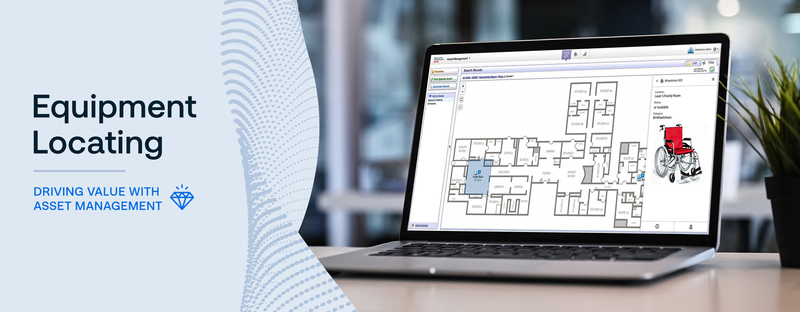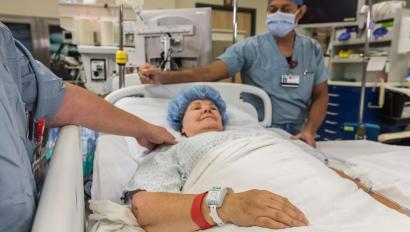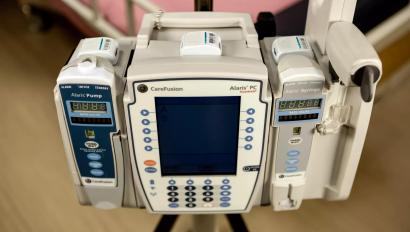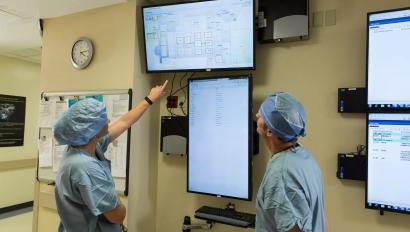Why Clinicians Can't Live Without Healthcare Asset Tracking

Once staff experience the power of automated equipment tracking and visibility, they won’t want to go back to being in the dark.
For the past 20 years, Real-Time Location System (RTLS) technology has been used mostly by Biomedical/Clinical Engineering and Central Supply/Sterile Processing (CSD/SPD) departments. These departments have responsibility for managing and distributing medical equipment throughout the hospital or health system. For them, knowing the location of equipment has been a game changer.
In recent years, more nursing leaders have been tapping into RTLS to eliminate staff frustration and reduce time wasted searching for equipment needed for patient care. Nursing leaders have embraced real-time asset tracking to help prevent these common refrains:
“I can never find a wheelchair when I need one. Can we rent some to tide us over?”
“We’re always running out of sequential compression devices. Someone needs to order more!”
“I worry that I won’t be able to get an infusion pump when I need it for a patient, so I keep an extra hidden in a storeroom.”
Wanted: Fast, Reliable Access to Healthcare Assets
In hospitals around the world, there’s an almost universal perceived lack of equipment. Many clinicians are consistently challenged to find what’s needed for patient care. In fact, according to an industry study, healthcare mobile equipment utilization is below 50% and nurses spend an average of 20 minutes per shift just looking for equipment.[1]
Once you implement RTLS-enabled equipment tracking, clinical staff can quickly locate the closest available device for patient care. Or if equipment has been removed from the unit, they can easily locate the asset anywhere in the hospital.
Hospitals have told us that even staff who are leery of computers and technology have been able to use the system easily. Once their clinicians get used to this convenience, they count on the RTLS platform. In fact, they never want to work without it!
How can you achieve the same results in your hospital?
Healthcare Asset Tracking Should be Simple and Intuitive
To become a must-have resource, your asset tracking solution needs simple, intuitive search processes. For example, use the alias or common clinical asset name so clinical staff can quickly scan the map and find what they need for patient care.
Take it a step further and create “Favorite Search” shortcuts in the RTLS system. That way nurses can find what they need even faster. You also can provide system lists of unit-managed equipment to unit managers—giving them a bird’s-eye view of their team’s assets.
It also offers more advanced search techniques to unit support personnel, as they’re the ones who need to be able to find equipment across your facility.
Listen to Three Leaders
Hospitals are achieving real results with RTLS-enabled equipment tracking and visibility. Here are a few examples:
RWJBarnbas Health
“Today, we can simply use the system to locate an asset in seconds. I just don’t know how we managed without it.”
TidalHealth Peninsula Regional
“You really need to understand what the solution can do for you. You need to think about the items that you’re constantly searching for so you can sit down and analyze how the solution can help. My advice is that you don’t necessarily have to have mass quantities of equipment to receive value…”
Calderdale & Huddersfield NHS Foundation Trust
“If we need to add an area because we’re hitting a peak, we can literally open up a computer screen, see where the kit is and have people fetch it.”
Read more about additional asset management advanced use cases.
























